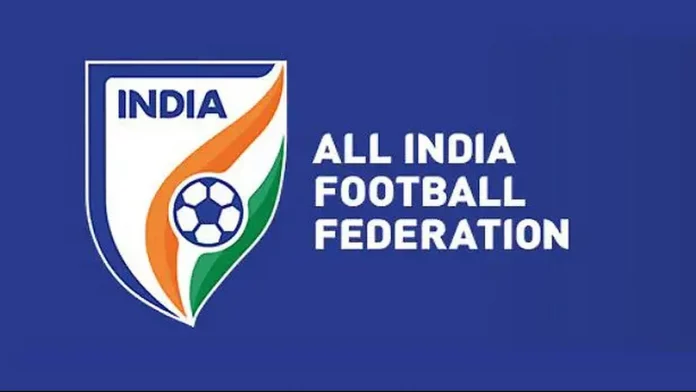India is a country that has cricket as the most popular sport while football lies much behind. The Indian football team too is not the one that can compete against the best out there. It just isn’t on the same level. However, at one point in time, India was one of the most powerful teams. Once regarded as one of the best, over the last century has declined in its power. But Has India ever played in the history of the FIFA world cup? To date, India has participated in the FIFA World Cup qualifier nine times, but has never managed to play in the World Cup.
Background
Pre-independence, football was the national sport of India. The British introduced the sport back in the 1800s and established club football. In 1888, India’s Foreign Secretary, Mortimer Durand founded Durand Cup. Durand cup is the third oldest football competition just behind the FA Cup and Scottish Cup. Soon, the sport spread across the country with the formation of new clubs like Mohun Bagan, which even to this date play in the Indian Super League.
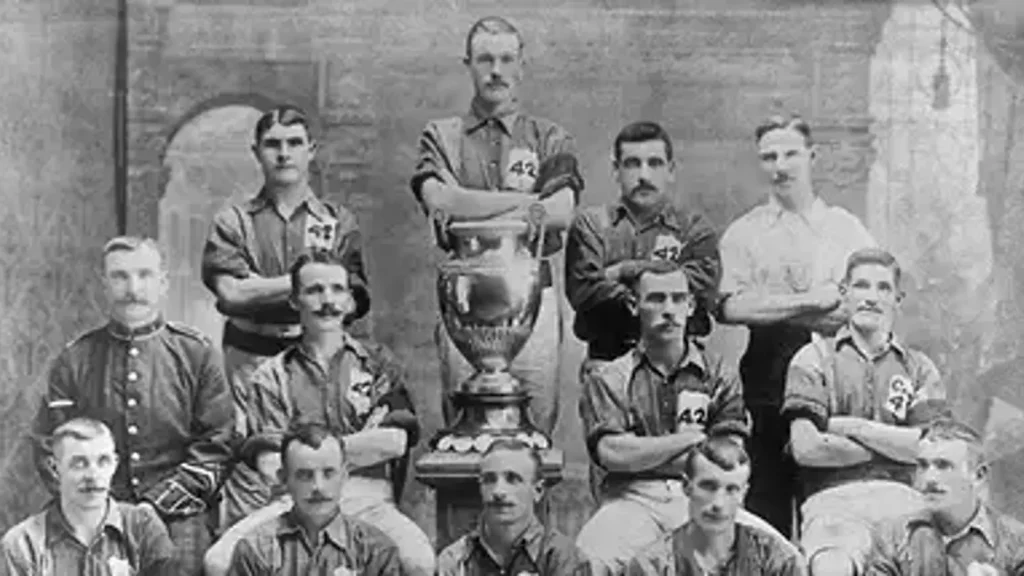
In 1924, an official international tour took place where the team consisted of both Indian and British players. Soon after, the All-India Football Federation was formed in 1937, considering the successful outings of Indian clubs abroad.
Post-Independence, the Indian National Team faced China in a friendly just before the 1948 Olympics, defeating them 1-0 at Kolkata. The 1948 Olympics in London were India’s first major competition, but they had to face a 2-1 defeat against France. For a fact, Indians back then played barefoot but still managed to make it a tough match for the French. As the British Media expressed- “The French had been given a run for their money, that too by barefooted Indians.” The Indian captain, Talirao Ao stated- “Well, you see, we play football in India, whereas you play BOOTBALL”
1950 FIFA World Cup
This was the first world cup after the world war, but not all the nations were ready to participate. Brazil was chosen as the host and due to this most teams withdrew from the competition citing the amount of travel time it would require as the majority of the teams were from Europe. So was the case in Asia, which resulted in India Qualifying for the event by default. However, this is where the controversy begins to unfold.
India withdrawal and the Golden Era
Although, India qualified for the 1950 FIFA World Cup, held in Brazil, by invitation as the other teams withdrew from pre-tournament qualifiers. India withdrew due to the cited reasons:
- FIFA realized that Indians used to play barefoot and requested otherwise. Indians on the other hand, insisted on following their barefoot style which resulted in FIFA banning Indian players from playing in the tournament. However, according to then-India Captain, Sailen Manna, India refusing to play because they were not allowed to play barefoot was not the official reason for withdrawing.
- AIFF, the football governing body in India, said the costs were too high to fly them out to Brazil. Although FIFA agreed to cover the majority of the expenses, India did not travel due to a lack of practice and selection issues.
- Moreover, AIFF back then considered Asian Games and Olympics as their main priority and did not value the FIFA World Cup.
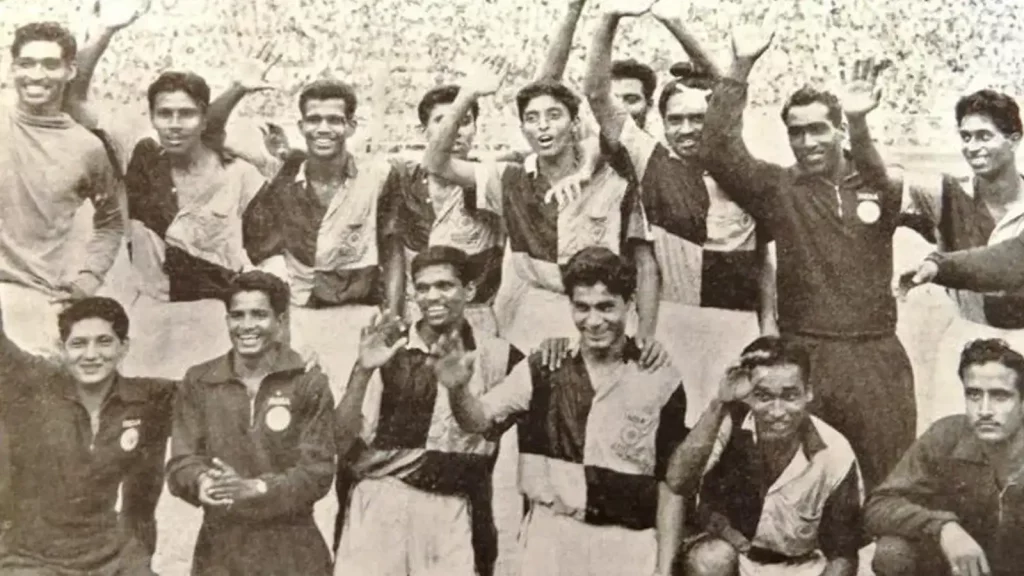
FIFA did not take this well and banned India from participating in the 1954 World Cup and the ones that followed. It was a shame, especially because this is when Indian Football’s golden era began (1951-1962). During this period, India won the Asian Games in 1951 followed by winning the Quadrangular cup on several occasions. They achieved notable ranks in the Olympics in 1956 and topped it all off by winning the 1962 Asian Games.
The decline of Indian Football
Even after having the opportunity to participate in the World Cup qualifier in 1986, Indian football was not the same anymore. They lost key players and what followed was a tragedy. With the emergence of Cricket as India won the ICC Cricket World Cup in 1983. India football went through a major shift in terms of fan following and lost the majority of followers. This brought consequences, as Indian football lost major funding and attention. Year after year, they failed to qualify for the event and the condition of the talent pool went from bad to worse. Young talent in the country would now prefer to play Cricket and totally disregarded Football. During this time India became weaker and weaker even with the likes of legend IM Vijayan and later, Baichung Bhutia.
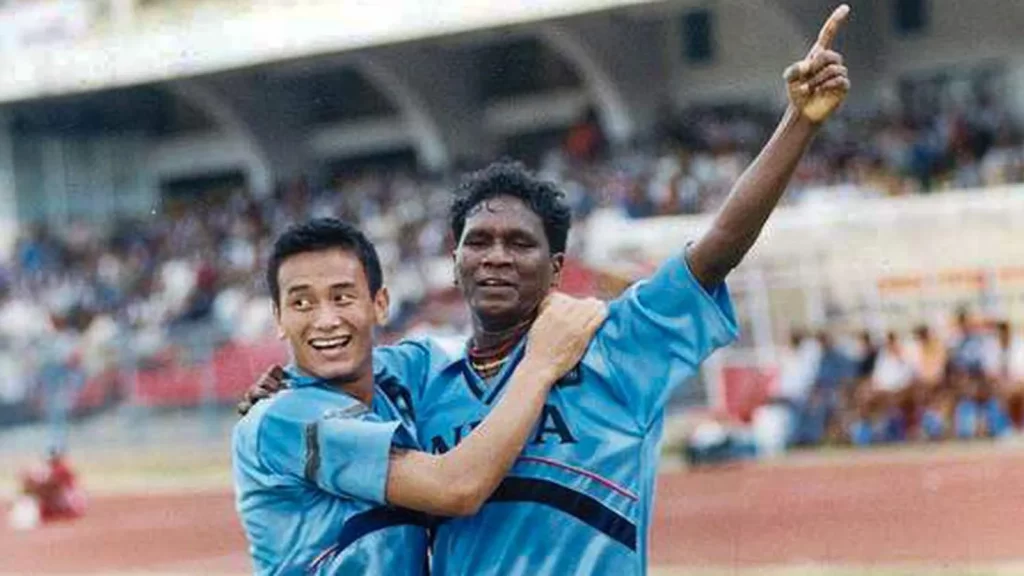
A new beginning
Hero I-League formed in 2007 is the rebranded version of India’s National League which was formed in 1996. India introduced a brand-new league called the Indian Super League, which brought in fresh new blood and energized the football circuit in the country. Indian Captain Sunil Chhetri who is currently the third-highest active goal scorer in international football played a key role in attracting a formidable fan base and pleaded with Indian sports enthusiasts to provide support and show interest in the game. The ISL featured some of the big-name players such as Roberto Carlos, David James, Diego Forlan, and Luis Garcia, who had a history of playing for the biggest clubs in Europe.
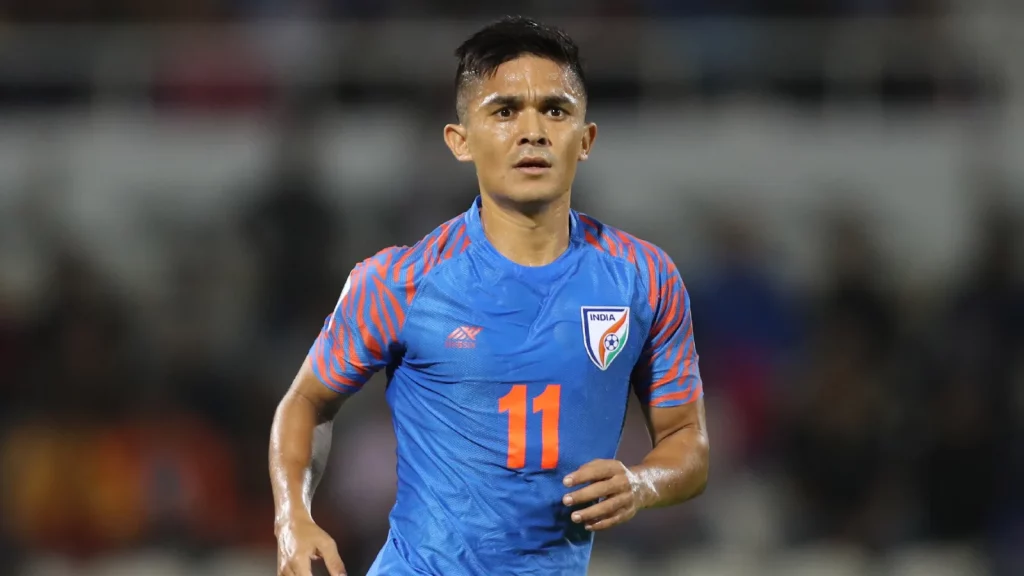
Since then, India has begun to show positive results and under former coach Stephen Constantine India was able to achieve a historical improvement in the FIFA World Rankings from a worse of 173rd in 2015 to achieving a best of 96th in 2018.
In the meanwhile, ISL Club Bengaluru FC became the first Indian club to reach the AFC Cup Final in 2016. It’s sure that slowly but steadily, India is getting back to where it once belonged. During the qualifiers for the 2022 World Cup in Qatar, India reached the second round and finished 3rd in Group E.
Future of Indian Football
Although Indian football has been on a rise for some time, they still have a long way to go if they dream of playing in the world cup. Based on India’s football infrastructure and talent pool, they will not qualify for the tournament anytime soon. However, the only way India can play in the FIFA World Cup is by becoming a host. India doesn’t have a rich history on the global stage, but the country has a tremendously huge fan base. Given its population, filling stadiums and increasing viewership will be a rather easy task for the nation.
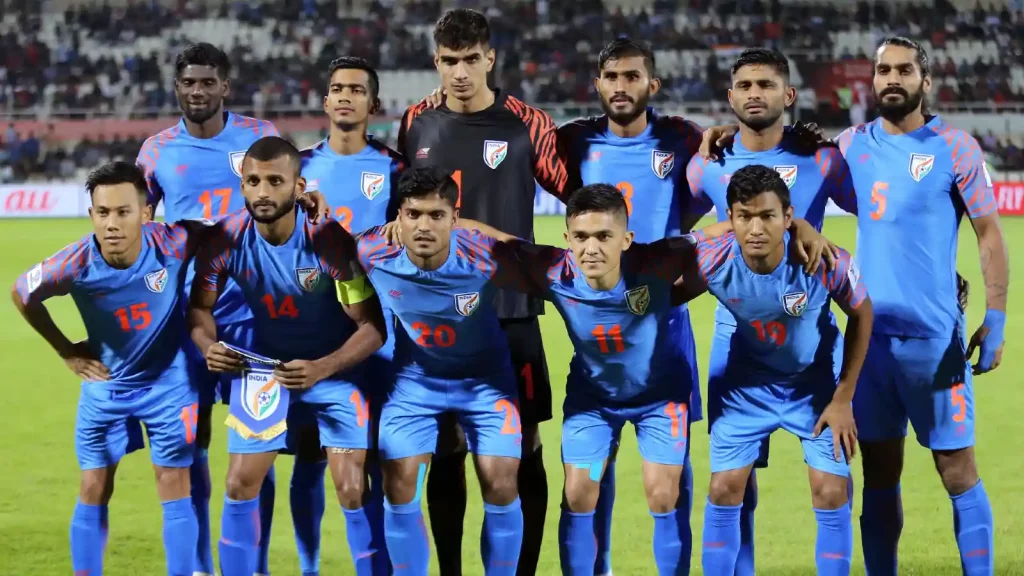
India also has experience hosting such a global event as they successfully hosted the U-17 FIFA World Cup in 2017. The country is currently hosting the U-17 Women’s FIFA World Cup. India can hope to qualify directly as FIFA is considering expanding the World Cup from 32 to 48 teams.

